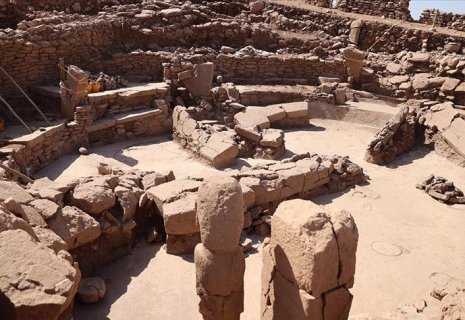
NASA monitors recovery of Antarctica’s ozone layer
The ozone hole over Antarctica in 2025 is officially five times smaller than it was in 1992, a historic milestone that NASA and NOAA scientists say reflects decades of global commitment to environmental protection, according to https://nchstats.com/.
Thanks to the Montreal Protocol and its long-term restrictions on ozone-depleting chemicals, the protective ozone layer continues its slow but steady recovery.
A Sign of Real and Measurable Progress
The ozone hole has been one of the clearest indicators of human impact on the planet.
“As predicted, we are seeing ozone holes becoming smaller at the surface than they were in the early 2000s. They are forming later in the season and breaking up earlier,” explained NASA scientist Paul Newman.
A later-forming ozone hole means fewer weeks of layer thinning, and an early breakup limits the duration of harmful exposure to ultraviolet rays.
The Montreal Protocol: A Global Agreement That Delivered Results
When the Montreal Protocol was signed in 1987, it was a rare act of international unity. Countries agreed to gradually phase out chlorofluorocarbons (CFCs), halons, and other chemicals that scientists linked to ozone layer depletion.
Almost four decades later, the change is evident.
The 2025 Maximum
In 2025, the ozone hole reached its maximum size on September 9, covering 22.87 million km². This is about 30% smaller than the record hole measured in 2006.
“The damage hasn’t disappeared, but the world stopped making it worse, and now nature is slowly repairing itself,” Newman said.
Atmospheric Conditions Also Helped
While reduced ozone-depleting chemicals did most of the work, atmospheric conditions gave 2025 an extra push in the right direction.
This year’s polar vortex—a frozen system of winds that forms over Antarctica—was weaker than usual. This kept stratospheric temperatures slightly higher, limiting the chemical reactions that destroy ozone.
Tracking the Ozone Hole
Scientists continue to rely on both satellite imagery and high-altitude balloon measurements to monitor the ozone layer.
NASA’s GEOS-5 model and the Ozone Watch program provide detailed maps showing where ozone falls below 220 Dobson Units.
These measurements help determine not only the size of the hole but also when it forms, how long it lasts, and its internal chemical structure—all crucial for long-term climate and health predictions.
























